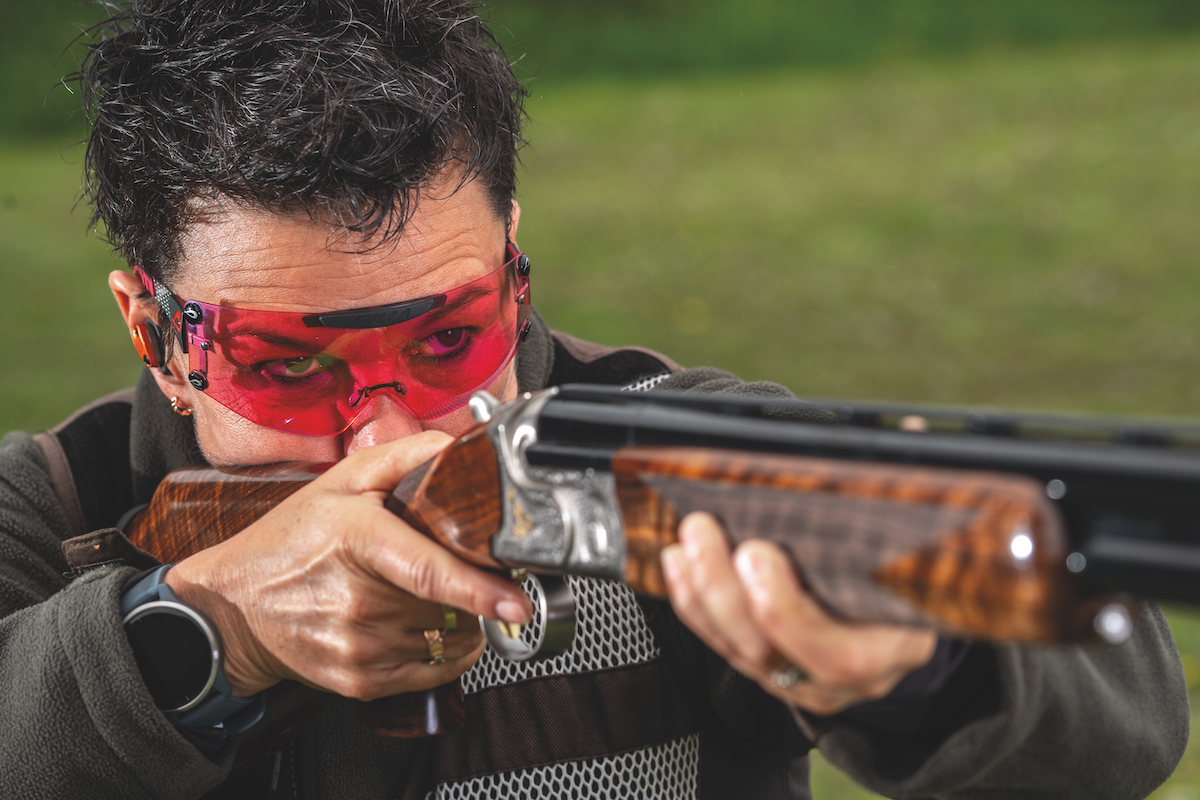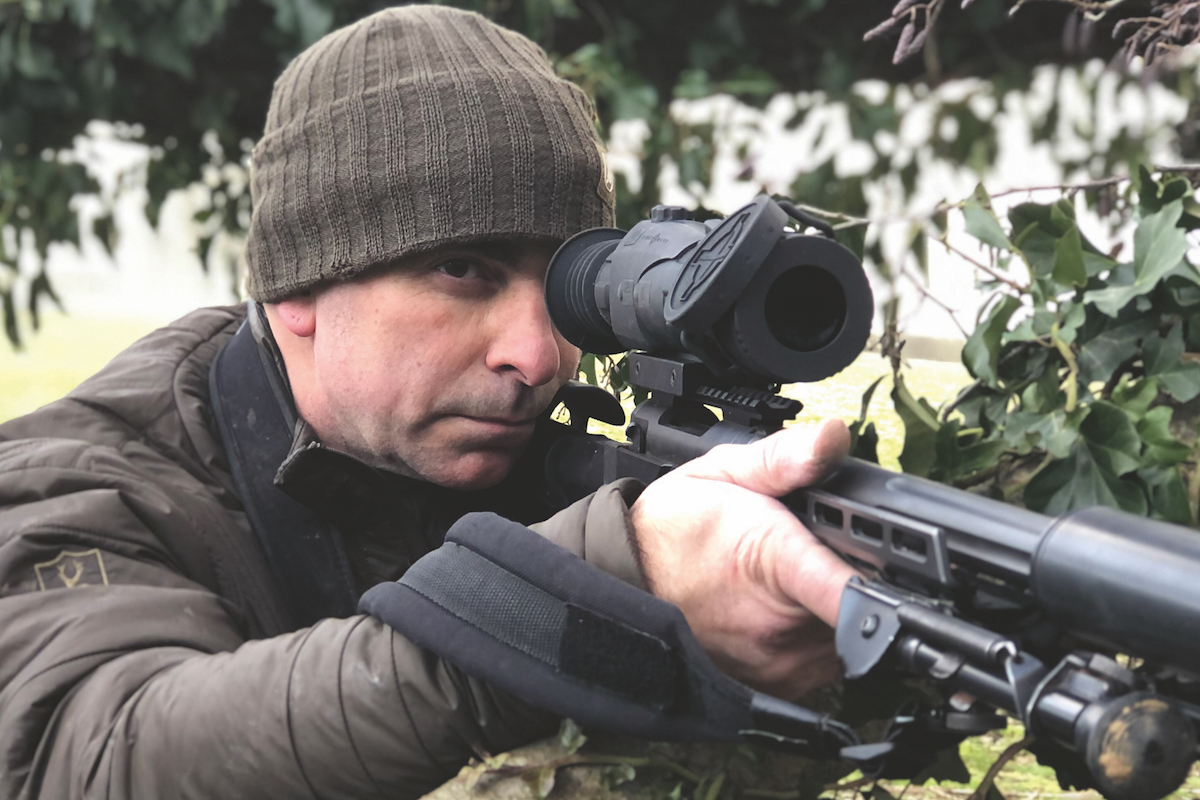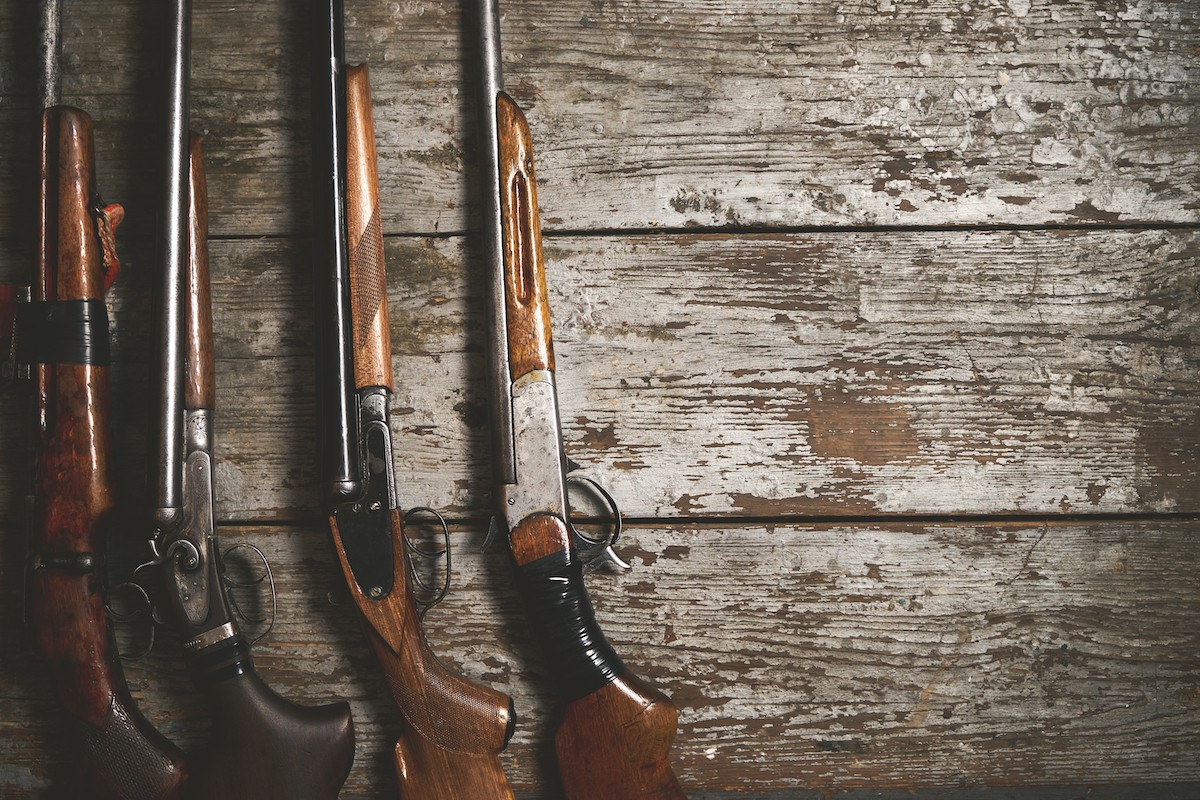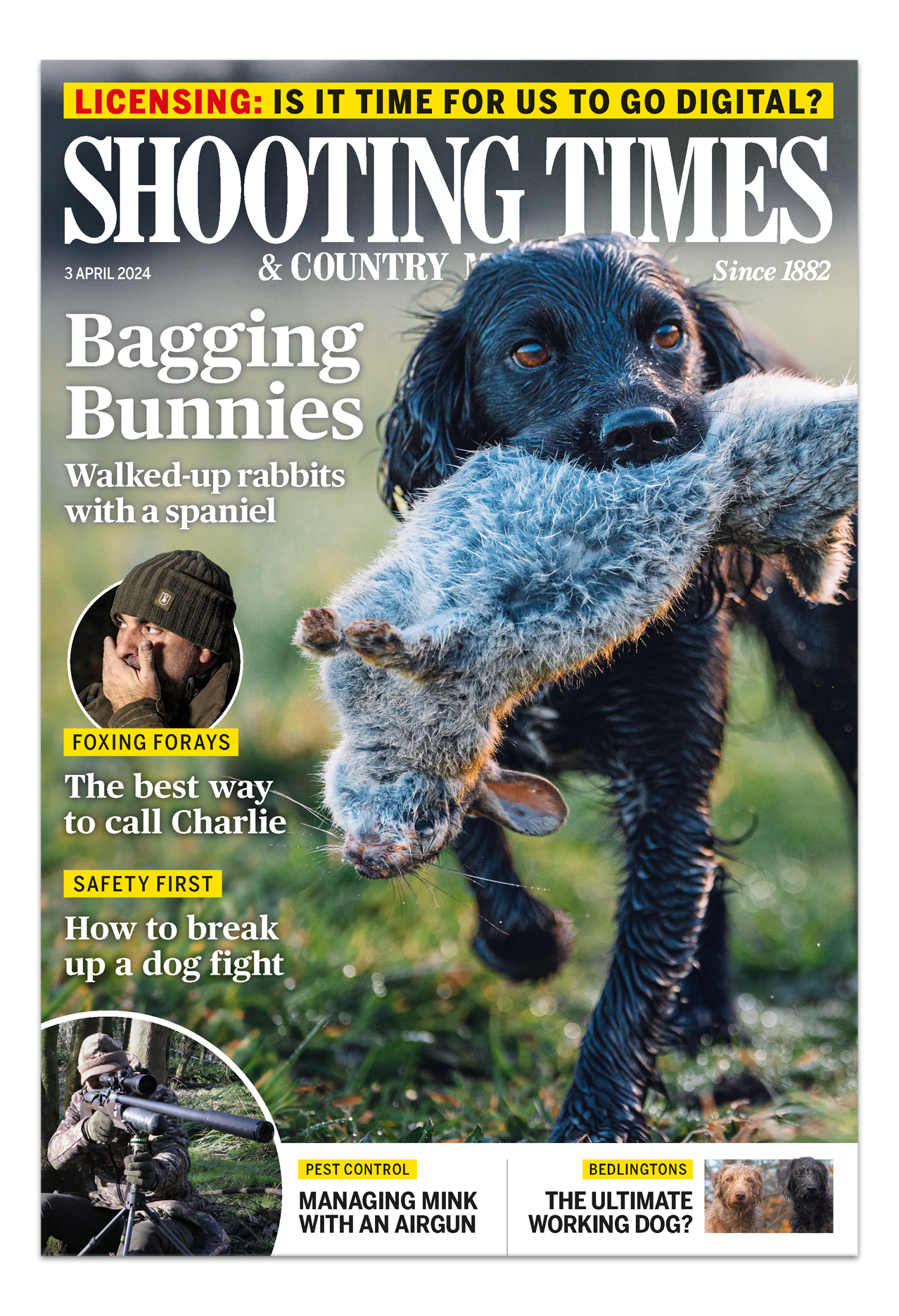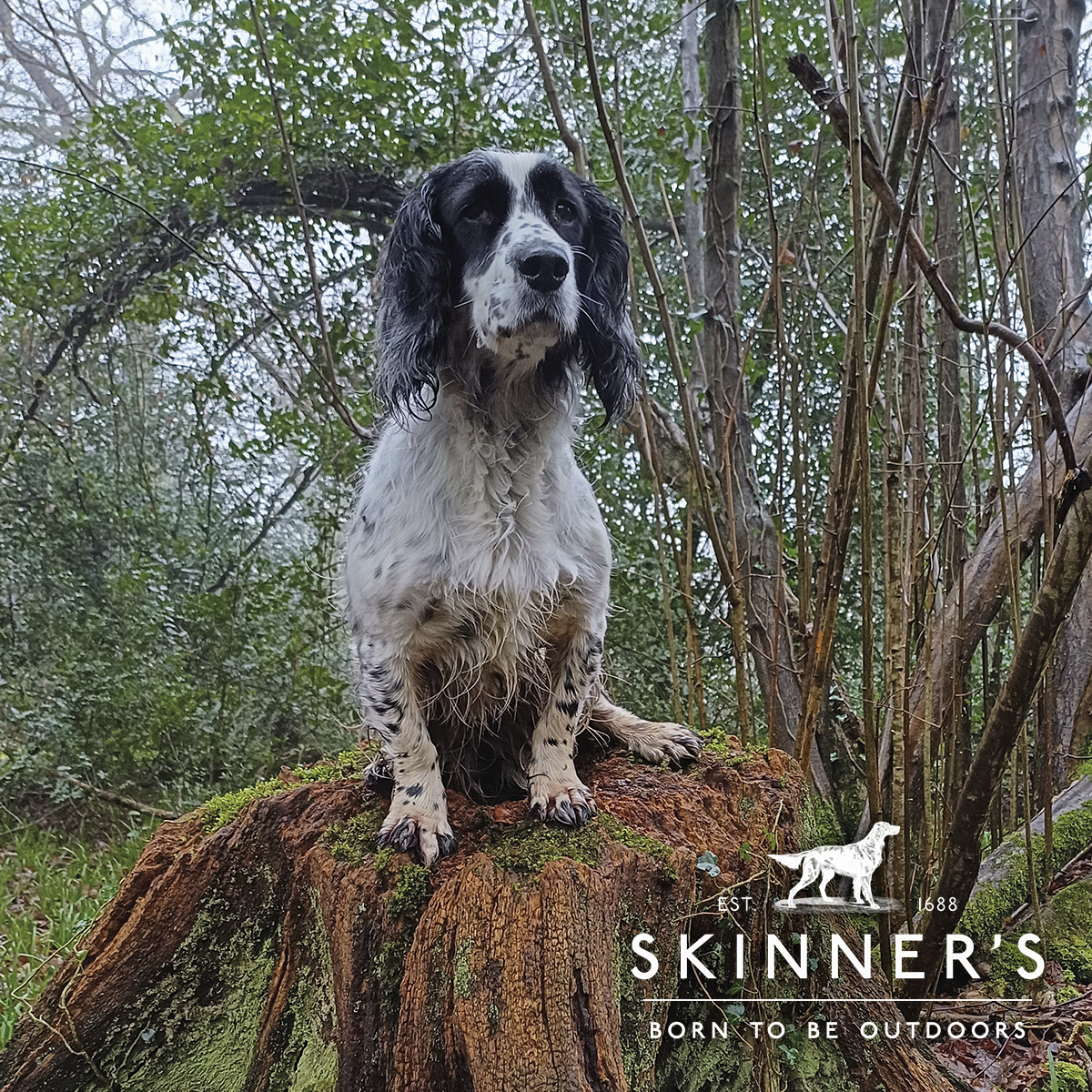What you need to know about buying a gun second-hand
Shane Robinson tells us what he looks out for and offers some key advice on avoiding potential pitfalls

Learn how to break your gun down into component parts safely
Last year I was on the BASC stand at the Game Fair at Hatfield House. A young chap came up to me and said that he had been given my name by one of the clay coaches who thought I might be able to help him buying a gun second-hand.
The young chap was after a sensibly priced (around £500) rough-shooting, side-by-side shotgun for a bit of walked-up shooting. He had found two to look at, and was unsure which way to turn next, and asked me what he should look for.
So I decided it would be useful to write an advisory article so you know what to look out for when on buying a gun second-hand.
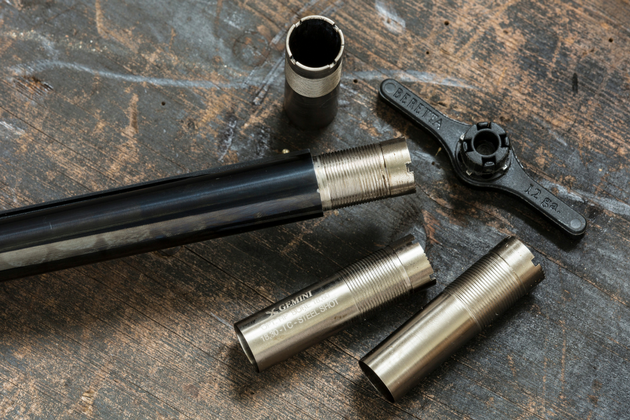
If it’s a multi-choke, check the choke’s threads for wear and corrosion
When I get second-hand guns coming into the shop, I check the following things:
- Depending on the make, model and type of shotgun, I will always break the gun down into its component parts so that I don’t miss anything.
- I check the overall condition, and that the action opens and closes cleanly.
- Make sure there is no light between the barrels and action, thus ensuring that the gun is not “off the face”. If it is, then the gun cannot be sold.
- Slip in some snap caps and pull the triggers, making sure they sound crisp and not dead.
- Dry firing the gun helps to ascertain if it is mechanical or has an inertia-operated second barrel.
- It also allows you to check the ejector timing and strength.
Checklist
- Check the gun is not off the face
- Look for pitting in the barrel
- Make sure there are no cracks or oil soak in the stock
- If possible, fire the gun

Left: Check the fore-end for cracks and othe mechanism to ensure it locks and there is not too much oil soak. Right: Fire in some snap caps and pull the triggers, making sure they sound crisp and not dead.
Break down
- After I break the gun down and I’ve checked the components separately. I will then check the fore-end for cracks and splits to the woodwork and operate the mechanism to ensure that it locks in place and there is not too much oil soak apparent. Too much oil used in cleaning is a bad thing because it soaks into the wood and weakens it over time.
- I check the barrels both internally and externally, looking for signs of pitting and wear and for any dents that go right through the metal – anything like that can lead to bulges which can ultimately cause major issues if not addressed.
- If it’s a multichoke, have the chokes out and check the threads for wear and corrosion. I will always do the “ting” test. I hold the barrels at the chamber end and flick the barrels with my fingers. This can show if the solder on the rib and between the barrel is intact.

Check the barrels both internally and externally, looking for signs of pitting, dents and wear
Metal fatigue
- The stock and action are again given an all-over check to make sure that the wood-to-metal fit is good and no cracks are in the stock.
- Chequering wear is a good gauge for how much use the gun has had.
- The position of the top lever can also show wear and tear. When the gun is new, almost certainly the top-lever spring is over to the far right of travel. As the spring is used over time, the spring wears down and the lever will travel toward the centre of the stock.
- Check the breech face for corrosion and the firing-pin condition because you can often see the top of the pin.
- Look at metal fatigue because some of the entry level, or cheaper, guns’ metalwork is subject to wearing out faster than better quality guns.
- Don’t forget to look at the stock for signs of oil soak. Most guns are stored stock down so oil will travel and ultimately come to rest in the stock. Any discolouration is a giveaway.
Second-hand rifle buying guide
Second-hand rifle buying guide: If you’re after a used rifle, Bruce Potts’ checklist will put you, not the salesman, in…
20 popular secondhand all-rounders
So you’re on the hunt for a reliable, good quality secondhand over under shotgun. Which is going to suit you…
What’s best? Buying a new gun or opting for second-hand?
Lewis Potter looks at the variables to consider if it’s better to buy a secondhand gun or a new one
Second-hand rifle buying guide
Second-hand rifle buying guide: If you’re after a used rifle, Bruce Potts’ checklist will put you, not the salesman, in…
20 popular secondhand all-rounders
So you’re on the hunt for a reliable, good quality secondhand over under shotgun. Which is going to suit you…
What’s best? Buying a new gun or opting for second-hand?
Lewis Potter looks at the variables to consider if it’s better to buy a secondhand gun or a new one
Semi-autos
- I handle the semi-autos in the same way, although there are more moving parts so there is a lot more to look for. I do a full strip with the fore-end off and check over the barrel, paying particular attention to a few tell-tale areas.
- The gas ports on gas-recoil guns need to be kept clear because this can be the biggest cause of coughing on lighter loads. Have the gas valve system out and ensure that it all appears to be okay.
- Some older guns have a rubber “O” ring that needs checking. Newer models have a metal split ring that can fatigue and fracture.
- Some models have a power piston for bigger loads, so make sure that all the components are there. If you don’t, and you fire it without the bits in place, there is a good chance you will damage the fore-end.
- All springs are checked for damage, wear and corrosion, especially the stock spring because similarly to oil soak, all water will travel to the stock and sit in there happily rusting away your springs.
- I mentioned before about metal quality on cheaper guns and I have found that the magazine tubes are a really good indicator of number of shots fired. Guns like the ones from Hatsan use aluminium for the magazine tube and this “flame erodes” over time.
- In some cases, when the owner trying to sell the gun says it’s only had a few hundred shots though it, the gun has actually had several thousand through it. This can also be backed up by taking out the trigger mechanism and looking at the striker. These are made of soft metal and show signs of wear very easily.
Ask to have the gun stripped and shown fully
My advice to anyone looking to buying a gun second-hand is, don’t be afraid to ask the seller or trader to have the gun stripped and shown fully. We often send guns out on approval, although most buyers will come to us because we have clay traps on site to allow the buyer to shoot the gun. Firstly, this proves that the gun is fit for purpose and works correctly, and, secondly, proves to the buyer that they can actually shoot the gun before parting with what, at times, can be a considerable amount of money. After all, who buys a second-hand car without a test drive?




